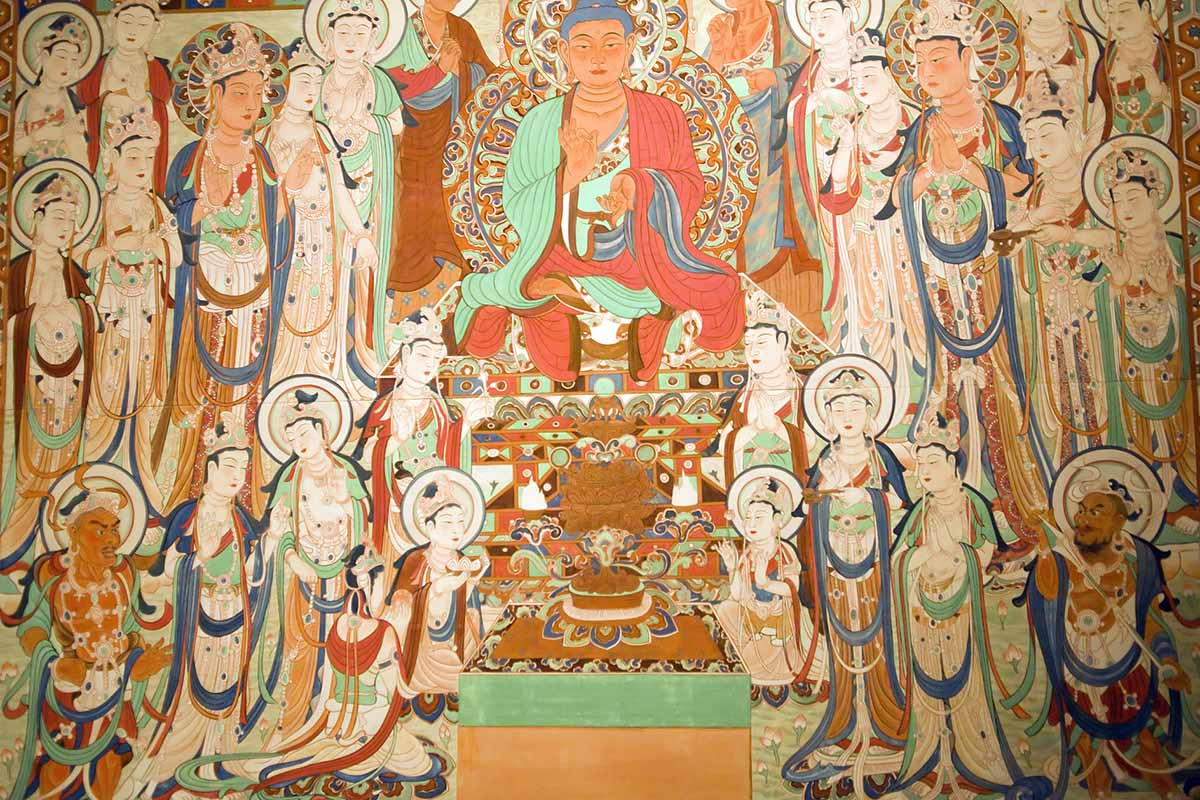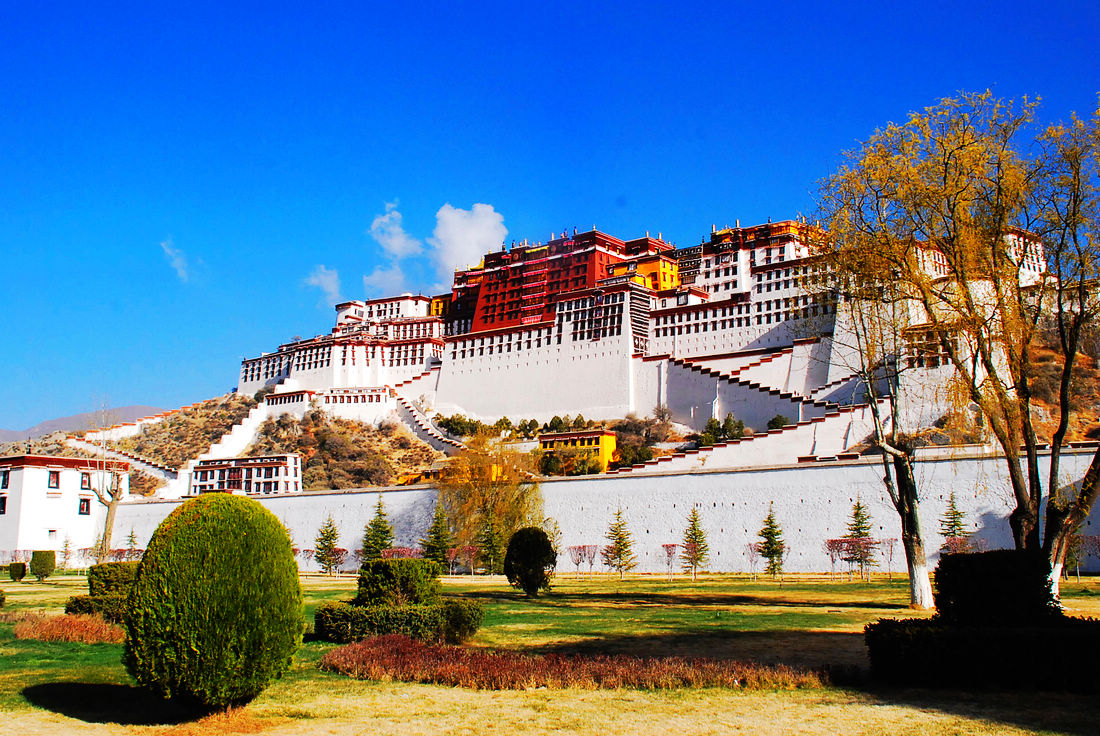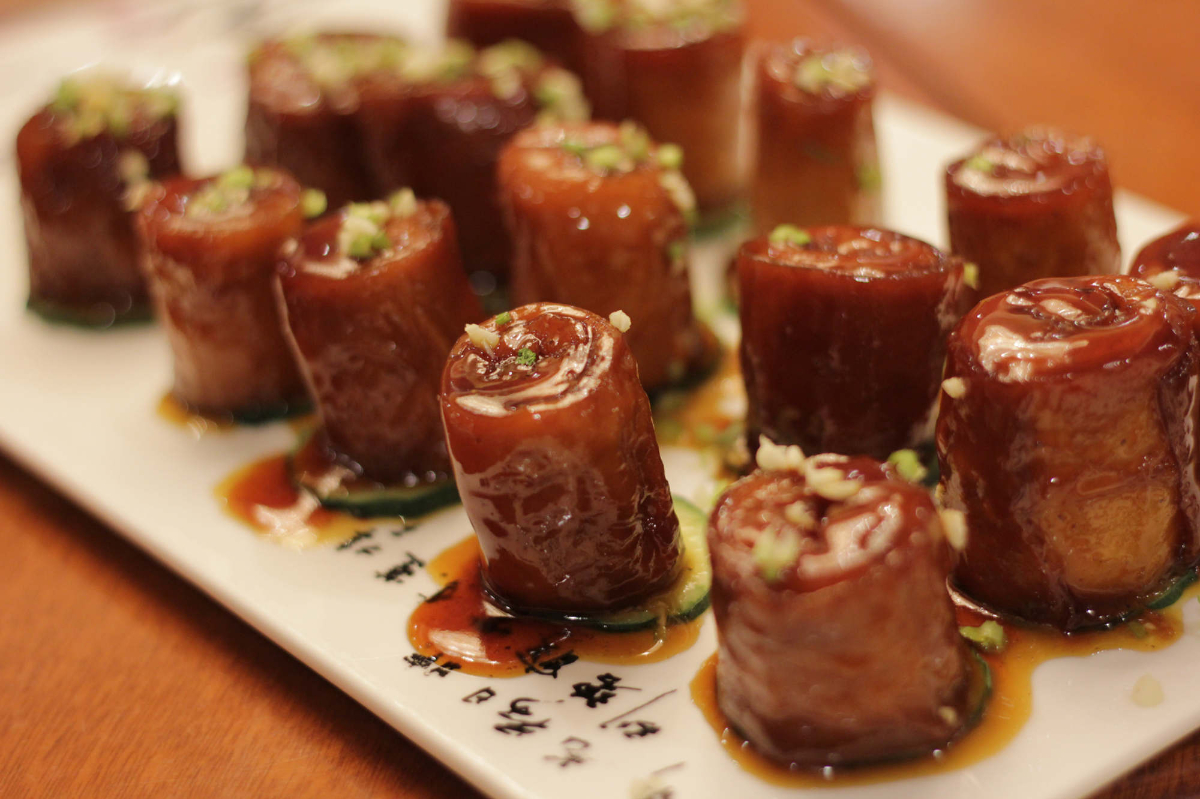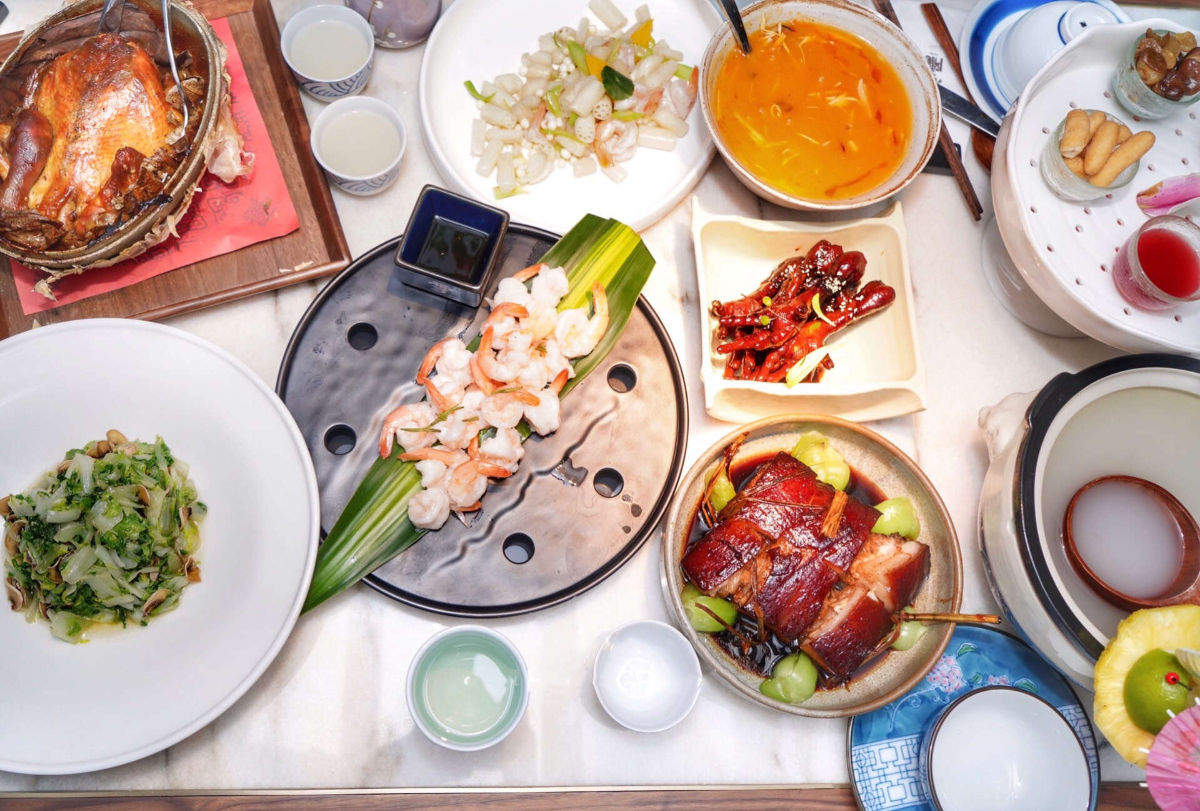Pingyao Ancient Town in Shanxi Province
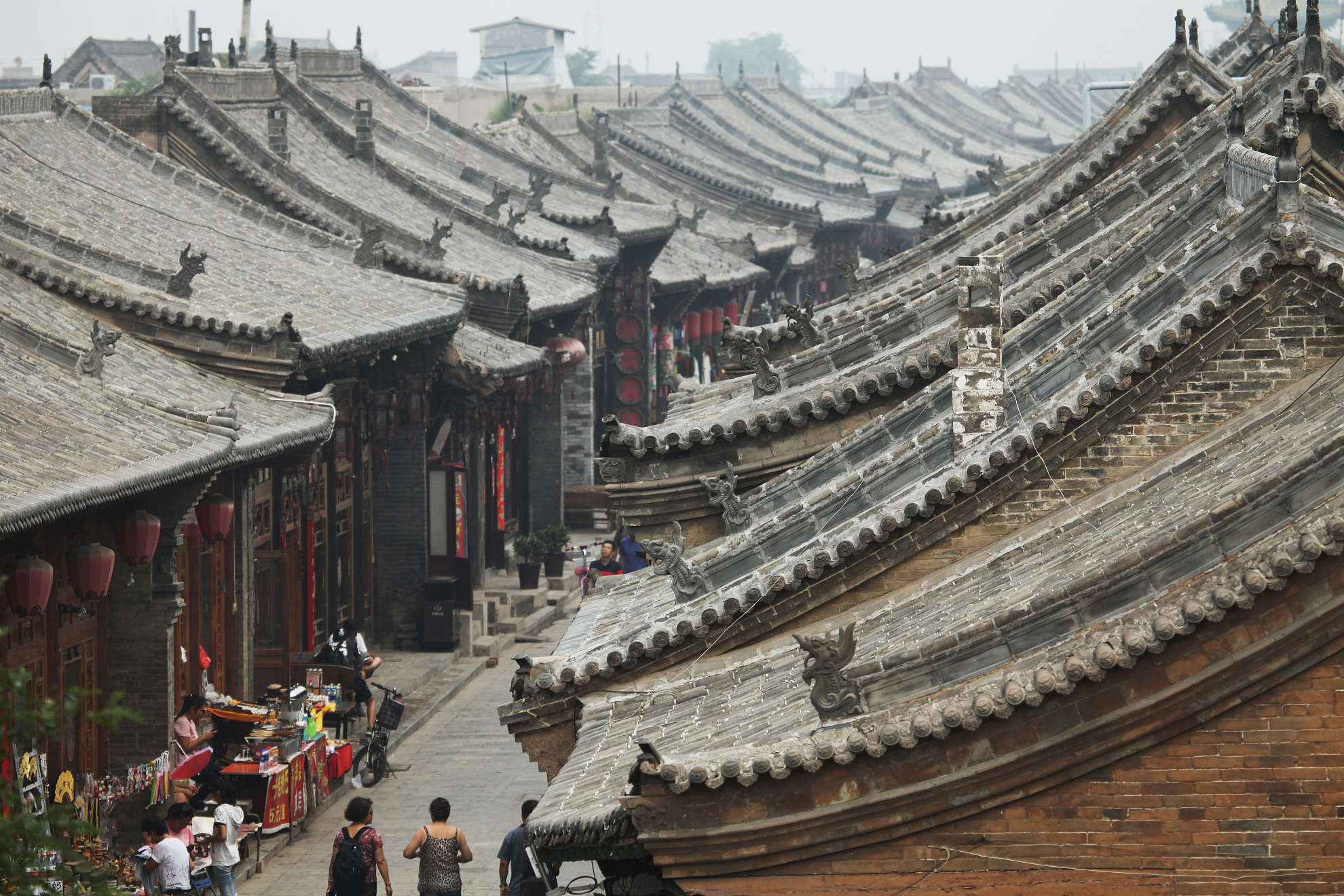
Pingyao Ancient City is located in Pingyao County, central Shanxi Province, China. Since its listing as UNESCO World Heritage in 1997, Pingyao with its famous 600-year-old city wall a tourism product is selling well in China, thus becomes a hot destination of a never ending stream of busloads of tourist groups.
The old city of Pingyao in Shanxi Province is a living museum, with its intact city wall, its residences and shops, and even its government office all preserved in the style of China’s Ming and Qing Dynasties. Walking its alleys and thoroughfares, it’s easy to imagine what life was like in those times long gone by, when Pingyao was the financial center of China.
● The history of Pingyao Ancient Town
There was already a settlement in place at Pingyao by the reign of the Xuan King (r. c. 827 – c. 782 bc), when the Zhou raised earthen ramparts around the site.In the Spring and Autumn period, the county belonged to the kingdom of Jin. It was part of the kingdom of Zhao in the Warring States period. Under the Qin, it was known as Pingtao. During the Han Dynasty, it was known as the seat of Zhongdu County.
Pingyao served as the financial center of the region from the 16th century and of the entire Qing Empire during the late 19th century. During those times, there were more than 20 financial institutions within the city, comprising more than half of the total in the whole country. Rishengchang was the first and largest, controlling almost half of China's silver trade under the late Qing before going bankrupt in 1914 in the aftermath of the Xinhai Revolution.
Organized restorations have been undertaken periodically since the 15th century, the most recent phase beginning in 1979. In 1986, China designated Pingyao as one of the Chinese Historic and Cultural Cities. It became a World Heritage Site in 1997, including the outlying Zhenguo Temple and Shuanglin Temple. In 2004, part of the southern walls collapsed; they have since been reconstructed.In 2015, Pingyao ancient city became a national 5A-class tourist attraction.
● Highlights of Pingyan Ancient Town
The Qiao Family Compound
The Qiao Family Compound is a traditional Qing Dynasty merchant mansion. It was first built in 1756, and was renovated several times by the Qiao Family. It occupies a total area of 1.06 hectares (2.6 acres), with a built area of 0.42 hectares (1 acre). It comprises 6 major courtyards, 20 smaller courtyards and 313 rooms.
In 1991, a famous film named Raise The Red Lantern was directed by Mr Zhang Yimou. The film was shot in the Qiao Family Compound, which made the compound well-known by lots of people.
Ming-Qing Street
This street, named for the Ming and Qing Dynasties, has been the main commercial street in Pingyao for centuries. Hundreds of shops line this busy street, most of them built in the Ming and Qing Dynasties. It is home to many one-story courtyard houses compounds with rooms built around a series of courtyards and a lot of the main tourist sites. Today, many traditional-style shops line along the street, selling snacks, food, specialties, paintings, calligraphy, furniture, and souvenirs. Also on this street is the City Tower; with a height of 18.5 meters, it is the tallest structure in the city.
City Walls
Ancient City Wall is one of "Three Treasures" of Pingyao, the other two being Zhenguo Temple and Shuanglin Temple. This city wall enjoys the longest history compared with the others across China and remains almost intact. The walls measure about 12 meters high, with a perimeter of 6,000 meters. A 4-meter wide, 4-meter deep moat can be found just outside the walls. The walls have six barbican gates. The north and south sides have one gate each. The east and west sides have two gates each.
Confucius Temple
This is one of top things to do where people show their respect to Confucius, a renowned educator who founded Confucianism. With an area of 10,000 square yards (8,361 square meters), it is the best preserved Confucius Temple in China. This temple was also a state-run academy in the olden days. At that time, the dream of most scholars was to serve as an official. Taking the imperial examination was the only way for them to gain the title. There is an exhibition in the fifth court of the temple, introducing the development and procedure of the old examination.
County Government Office ''(Yamen)'' of Pingyao
Pingyao has been a county seat ever since the establishment of the prefecture-county system in the Qin dynasty, and the city has a well-preserved Yamen, or county government office, a complex building that houses the home and office of the magistrate sent to act as mayor, judge, and senior official. This Yamen consists of an archway, ceremonial gate, a residential area, various offices, a court, meeting rooms, a garden, and a prison. This Yamen compound was originally constructed in 1346 during the Yuan Dynasty, but only one building remains from the Yuan period, the rest having been built during the Ming Dynasty.




